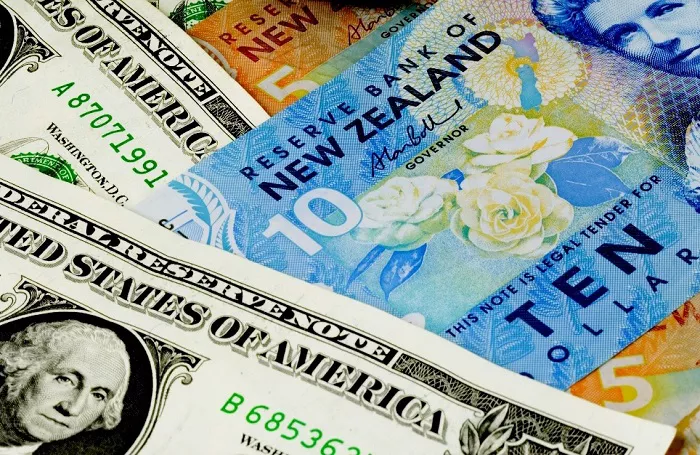111
USD Strength: Fed Policy and Geopolitical Risks
Fed’s Rate Cut Projections Bolster the Greenback
Advertisements
Geopolitical Tensions Add to USD’s Safe – Haven Appeal
Advertisements
Potential Support for the NZD
Optimism Over China’s Stimulus Measures
Advertisements
Waiting for Confirmation of Trend Reversal
Advertisements
Key Influences on the New Zealand Dollar
Economic Health and Central Bank Policy
Advertisements
Impact of China’s Economy and Dairy Prices
Influence of Economic Data and Risk Sentiment
Related Topics:
NZD/USD Surges Above 0.5750 Amid January – February China Retail Sales Uptick
NZD/USD Surges Above 0.5700: US Dollar Weakens Amid Growth Concerns
Advertisements
NZD/USD Steady at 0.5650 Amid Mixed Economic Signals, Governor Orr Steps Down


